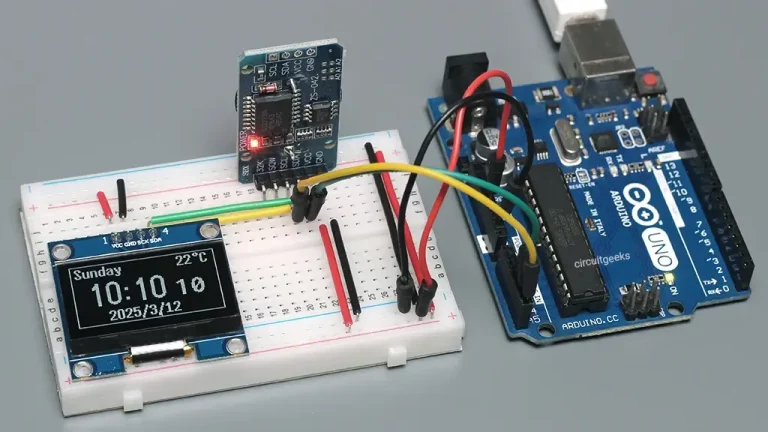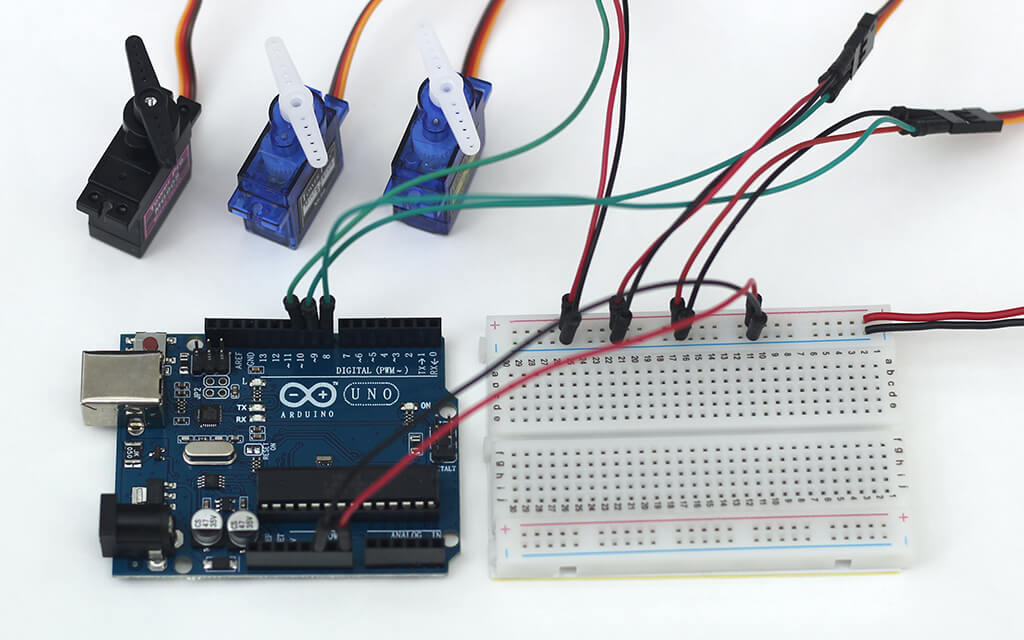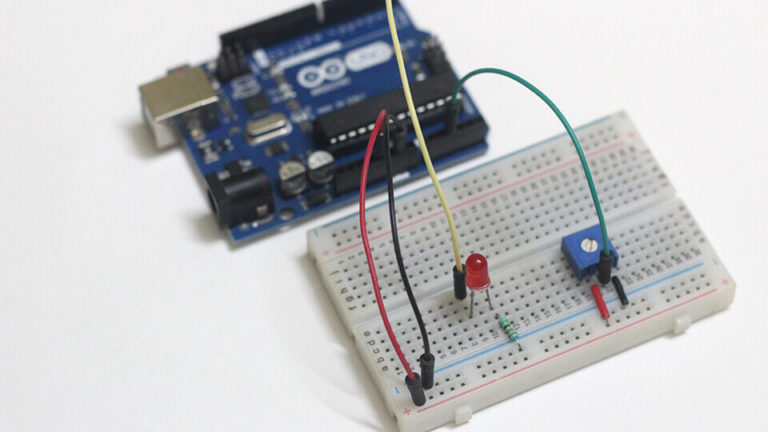Arduino DS3231 RTC Module: Complete Guide with Code Examples
Picking the right Real-Time Clock (RTC) module is crucial when building time-sensitive Arduino projects. You’ve got many options – DS1302, DS1307, DS3231, DS3232, and more, but if you want precision, affordability, and reliability, the DS3231 stands out. In this guide, I’ll break down everything you need to know when working with Arduino and DS3231. You’ll learn: … Read more ➯




